The ballot for the 2017 Hall of Fame class came out in early November 2016, and had 34 names on it. Baseball-reference has a very nice page summarizing all the candidates and their career stats. Since Ballots are due by 12/31, and since this is the beginning of the obligatory holier-than-thou arguments about HoFame balloting, I give you my own holier-than-thou take on it.
Important/Vital link for 2017 Hall of Fame vote tracking: Ryan Thibodaux‘s online tracker of all HoF votes, which is showing some very different trends in 2017 for long-time ballot candidates. You may have already seen some analysis of the early voting, from Bill James to Buster Olney. The big shock so far is just how much support both of the major PED-tainted candidates (Bonds and Clemens) have gained since last year. Some (most?) attribute this to the veteran’s electing of Bud Selig, who presided over the Steroid era and did little to stop it. The thinking probably goes, “well if Selig is in, he’s just as culpable as the players, so i’m now voting for Bonds/Clemens).
With my imaginary ballot, here’s how i’d vote. Since there’s a (ridiculous) limit of 10 players per ballot, I’ll list these players in rough order of voting priority to start:
New Ballot Candidates:
- Absolute Yes on Ivan Rodriguez, Manny Ramirez (and with Pudge, the first “Nationals” connected player to make it!)
- Less emphatic Yes for Vladimir Guerrero
- Slight pause to consider Jorge Posada
- No on everyone else.
Returning Ballot Candidates:
- Absolute Yes on Jeff Bagwell, Tim Raines, Roger Clemens, Barry Bonds
- More tepid Yes on Curt Schilling, Edgar Martinez, Mike Mussina, Fred McGriff, Trevor Hoffman
- Pass on Lee Smith, Jeff Kent, Larry Walker, Gary Sheffield, Billy Wagner, Sammy Sosa
Discussions on my opinions from a hypocritical litmus test stand point:
- Why support Hoffman but not Smith and Wagner? Probably a fair question and probably not supported by stats when you compare all three guys together. But that’s why its the “Hall of Fame” and not the “Hall of WAR” or the “Hall of Stats.” Hoffman was more famous than these other relievers. I always viewed Smith as a good-but-not-great reliever who compiled stats, and I viewed Wagner as an electric and under-rated closer without near the career accomplishments of Hoffman.
- Why support McGriff/Guerrero but not Walker? You can make the argument that Walker’s numbers were a product of Colorado … and you can make the alternative argument too. I think for me the fact that Walker couldn’t reach even 400 homers while playing in the launching pad in Denver is an indictment of his career. Walker was a fine hitter … but he never inspired the league wide “fear” that Guerrero and McGriff did. He’s in the “Hall of Good” but not the “Hall of Fame” for me. Also it is worth noting that McGriff finished his career with 493 homers, but missed months out of the 1994 season at his peak. Had he eclipsed 500 homers … i think we’re having a different conversation about him. These artificial numbers (300, 3000, 500) are pretty important to voters. Guerrero himself was for a time absolutely “the best player in the game,” a title that I don’t think Walker can come close to claimin.
- Why support Bonds and Ramirez but not Sosa? Something about Sosa’s career just screams “artificial.” He went from being a 35-home run hitter to a 66-home run hitter overnight, he has PED suspisions and a corked bat on his resume, and his skills disappeared as soon as testing became the norm.
So that gives me 6 “Yes” votes and another 6 less emphatic “yes” votes. So i’d have to cull two candidates to fit onto a 10-person ballot. I’d cut Schilling just on principle for the ridiculousness of his statements lately, and Hoffman on general anti-closer principles. So my hypothetical ballot is:
- Rodriguez, Ramirez, Guerrero, Bagwell, Raines, Clemens, Bonds, Martinez, Mussina, McGriff
My prediction on who actually gets elected? Well, of course the PED issue comes into play. So three or four of my “Yesses” are going to struggle to get votes. So i’m guessing that the likes of Pudge and Manny don’t get 1st ballot votes, and Clemens/Bonds will continues to struggle. But based on there being three candidates that got pretty close last year, i’m going to guess that its a 3-man roster for 2017: Raines, Bagwell and Hoffman. And that’s a fine class. The tracker is showing Raines, Bagwell and Rodriguez well in the 75% range, with Bonds, Clemens, Hoffman and Guerrero in the 70-75% range. Which means that they’ll likely fall short in the end, since the non-public ballots are usually more parsimonious and more narrative-driven. Hoffman has enough of a narrative to perhaps maintain his 75% range though, so i’m putting him in first ballot (whether or not you think he deserves it).
One great change coming to HoFame balloting; no more secret ballots. Every idiot who has a ballot and turns in something nonsensical will now have to answer for his vote in the court of public opinion. Which I think is a great thing; no more sanctimonious votes preventing deserving players from getting their due.
So, who you got in the Hall this time?
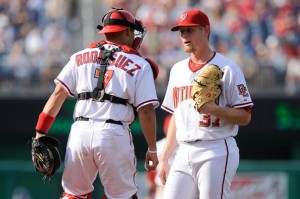
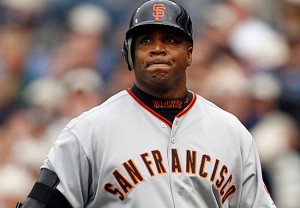

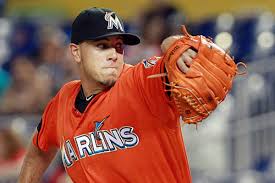
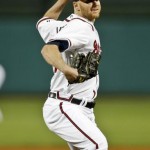
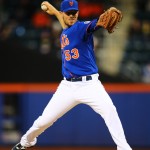
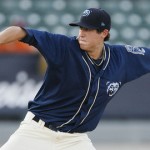
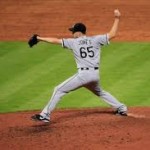
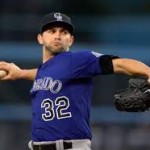
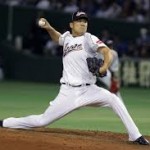

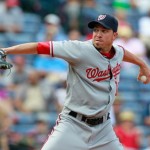
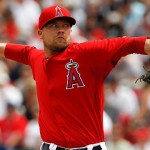
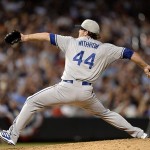
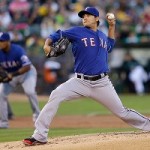
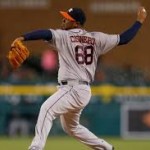
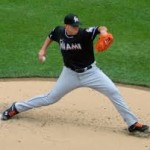
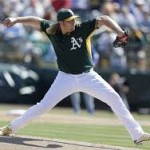
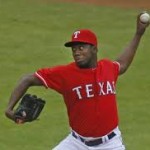
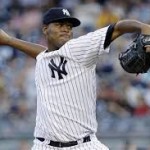
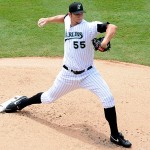
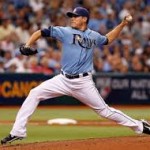
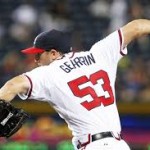
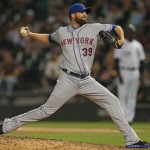
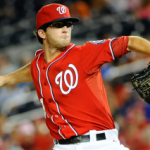

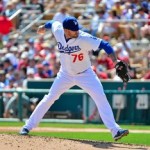
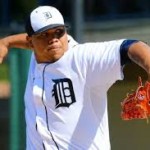
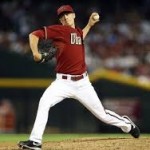

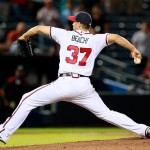
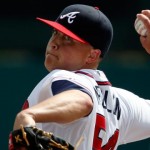

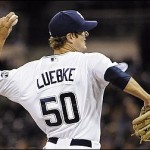
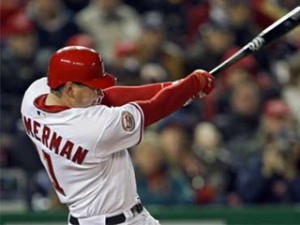
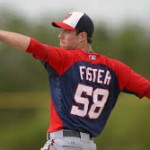
 Here’s about a 1000 instead about Nats stuff instead of overall baseball stuff.
Here’s about a 1000 instead about Nats stuff instead of overall baseball stuff.